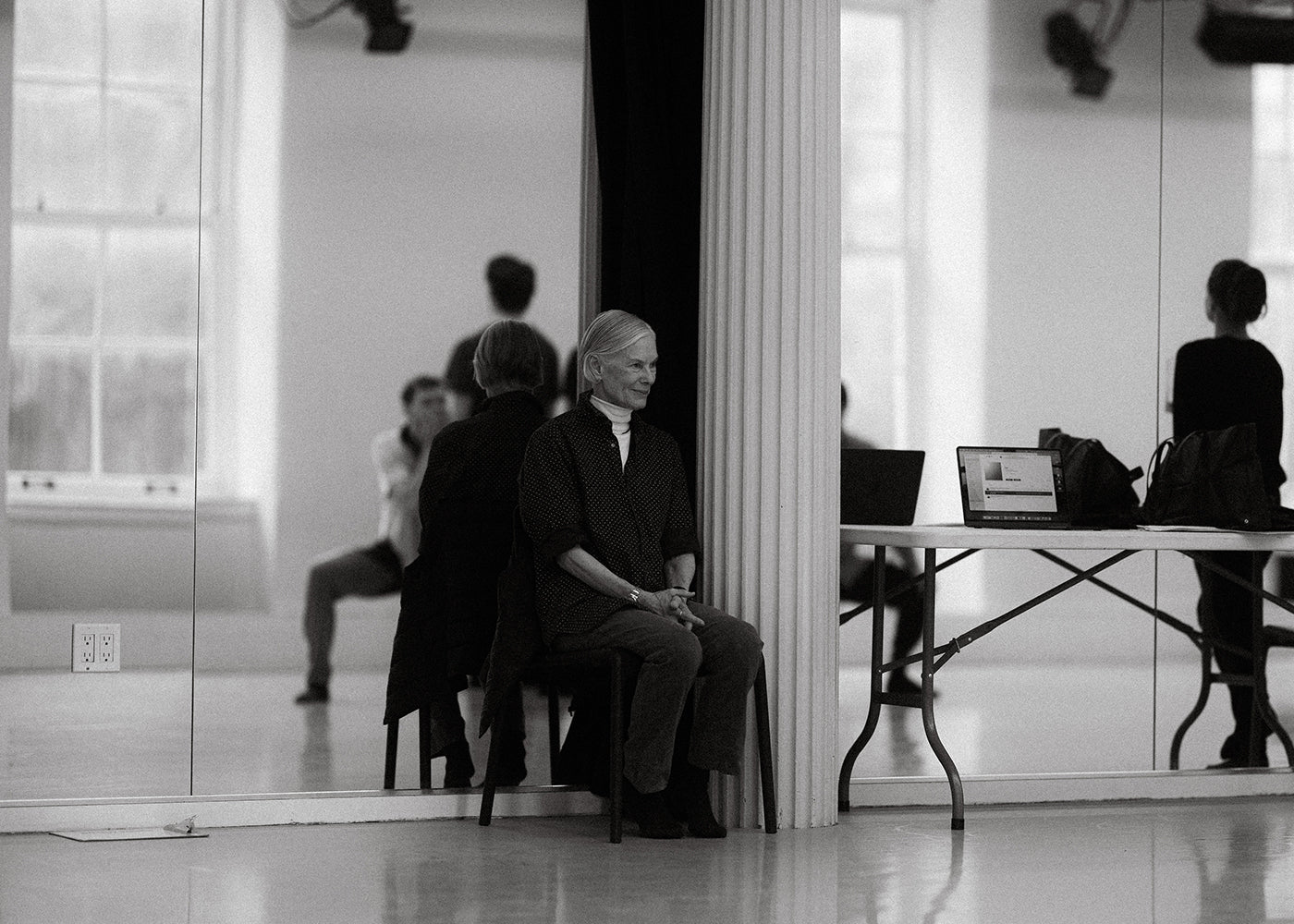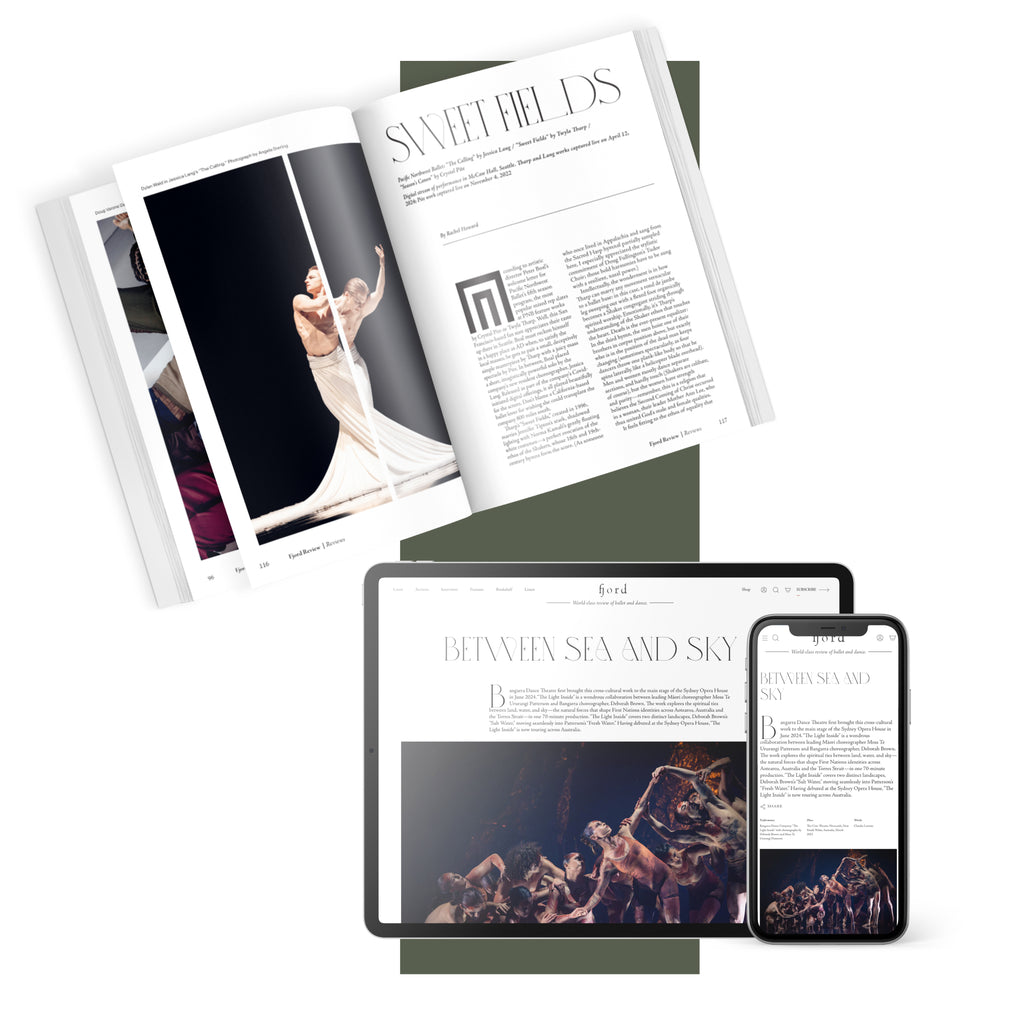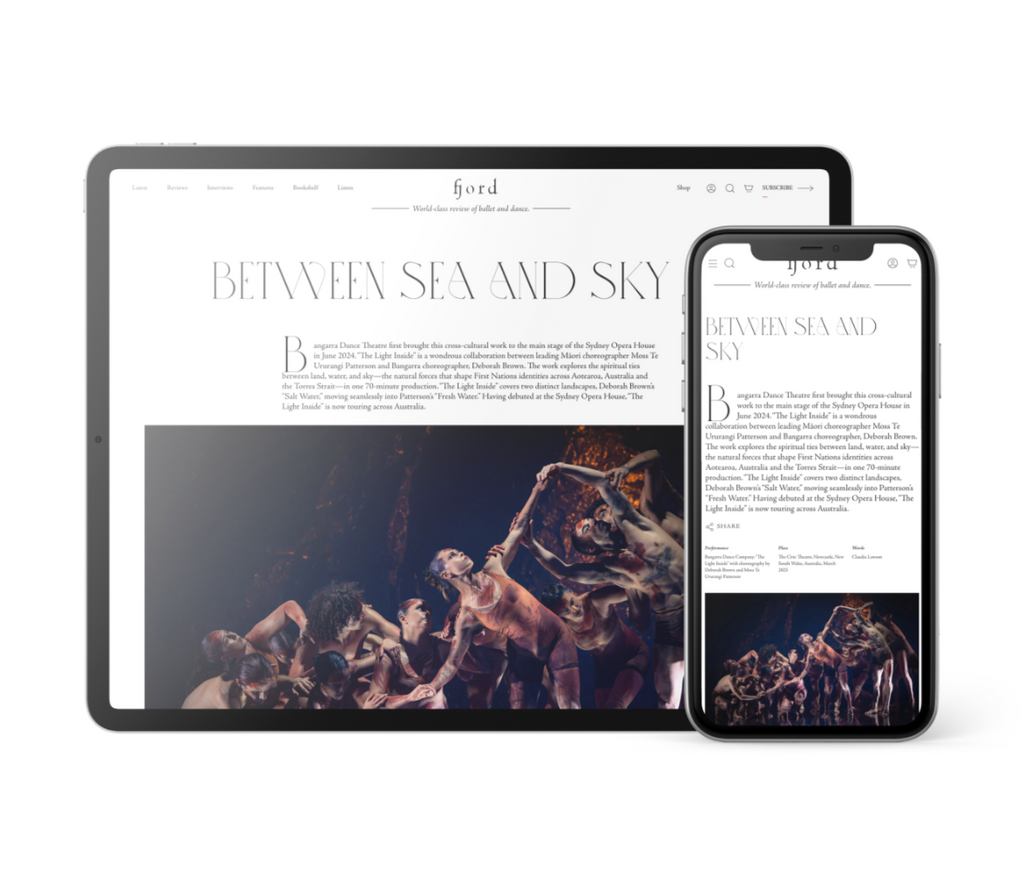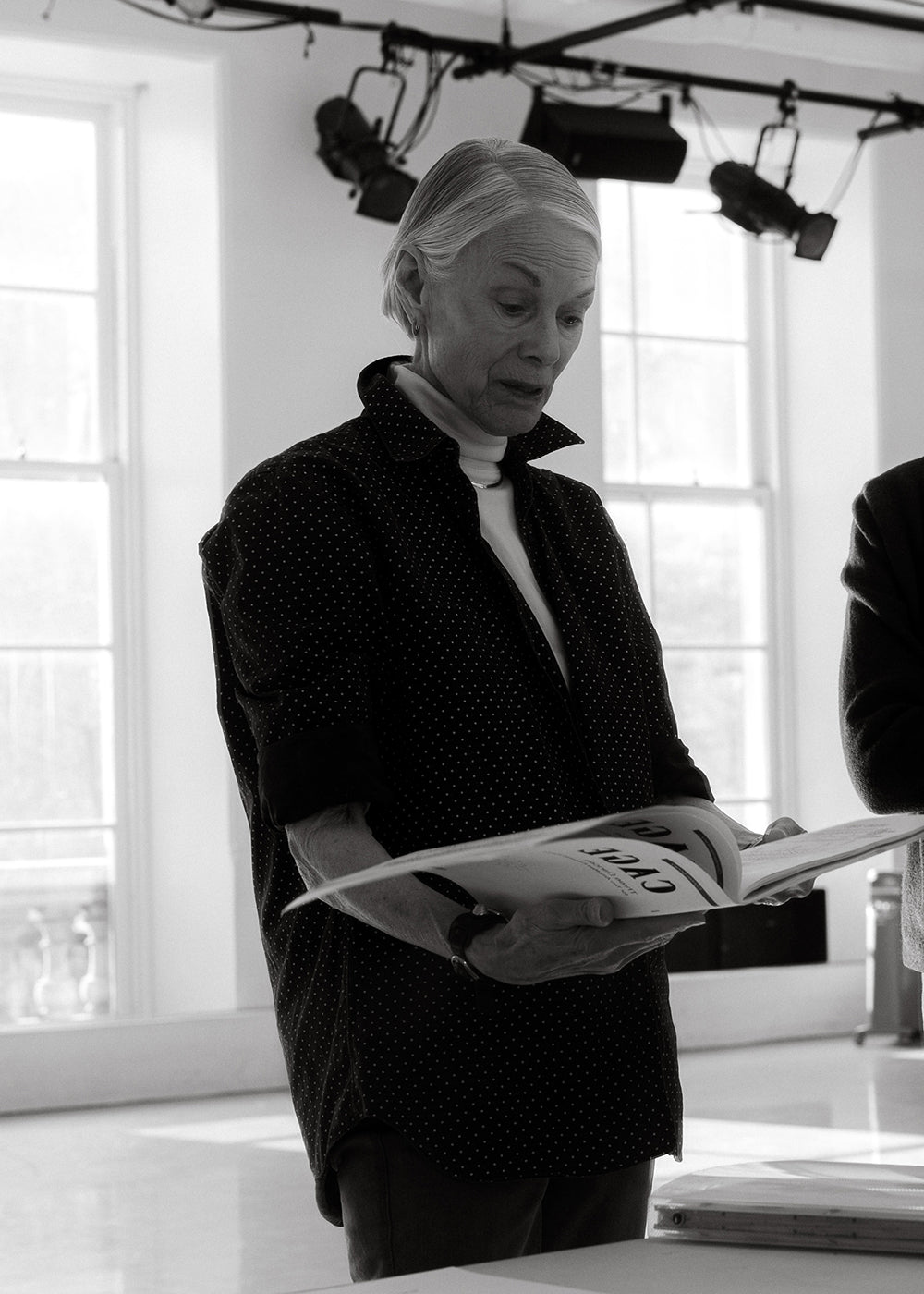How does your exchange of ideas with mathematician Michael Shelly enter this project?
It’s sort of unusual to ask me to collaborate in that way. But I was excited about getting to meet him and finding out that his research is cellular movement. He showed me some videos and I was struck with how beautiful it is. The fact that there is this diverse activity in a cell that becomes unified in a certain way, is something I can explore a little bit. The way in my piece each dancer has their own duet and then merges into all of them together in a slo-mo fashion, reminded me a little bit of what I saw in the video. When he came to rehearsal I said, this is the connection I can make, which is very superficial of course, but at least it’s something.
You don’t know if in the videos the cell particles create the movement to the other particles, or if it’s the liquid—you never know which is which. I said to the dancers (about the slo-motion section), it’s a little like you’re submerged in water. I think that helped them a little bit in connecting with each other.
What role would you say humor plays in your process?
Oh, when I first listened to the Cage piece one of the things that I loved is that it’s kind of comical, like a cartoon in a way. At a certain point in the third movement, I said to the dancers, please play with that.
Do you mean the part where the hand gestures occur? Two flat hands behind the head, next to the ears, over the mouth, and so on? I love the way they pop up randomly and seem to multiply. It seems so fresh.
Yes that’s it. It was a chance for the dancers to interact with and project what they feel with this music. And it was spontaneous when they first introduced it—of course it’s less spontaneous now but it’s the same material. They’re not having to create it every time they do it, but they don’t necessarily do it in exactly the same way each time.
Another place where I noticed humor is in a bit of a traffic pile up at the end. It looks like a dancer bumps into another. It’s so quick and subtle that I thought maybe it was a mistake.
Yes. I mean they don’t crash. But the ending is very abrupt and they just barely have the time to come back to their huddle before the music ends.












comments